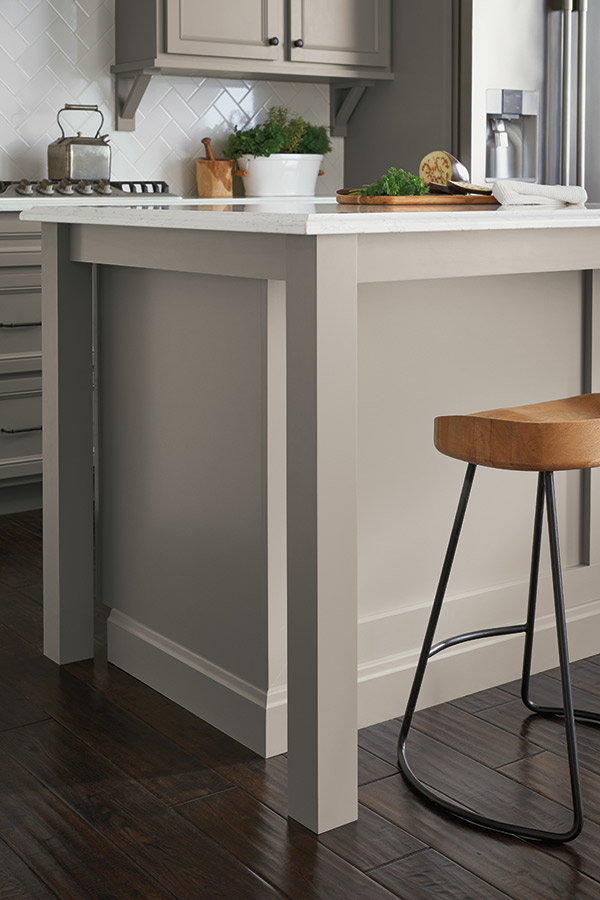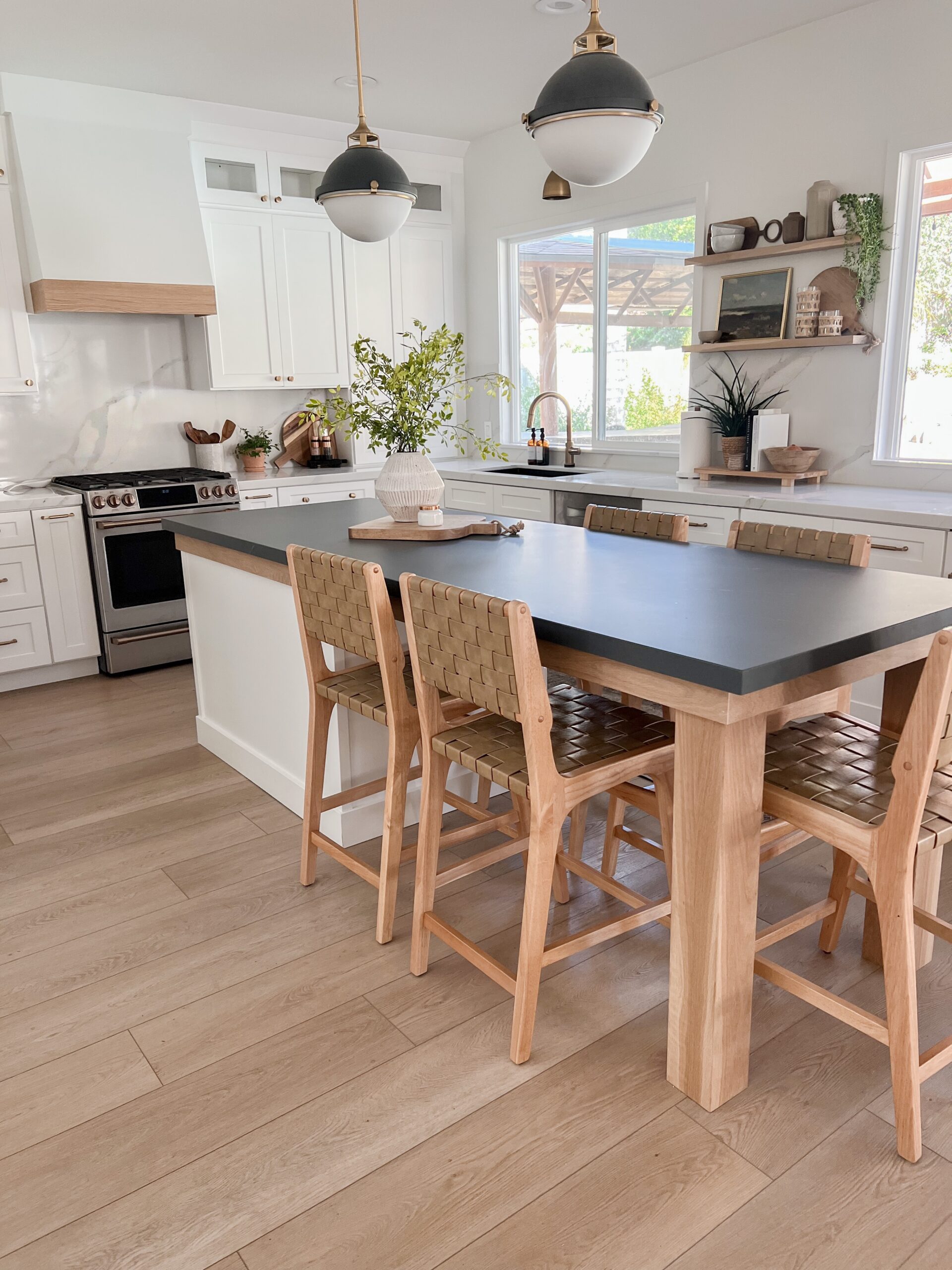Make Your Kitchen Island Attract Attention with Custom Legs For Kitchen Island
Make Your Kitchen Island Attract Attention with Custom Legs For Kitchen Island
Blog Article
Crucial Variables to Think About When Choosing Legs For Kitchen Island
Selecting the proper legs for a kitchen area island entails a mindful analysis of several aspects that can substantially affect both capability and visual appeal. Amongst these, the option of material plays a crucial function in guaranteeing resilience, while the layout needs to complement the existing style. Moreover, considerations such as elevation and weight support are crucial for stability and convenience. As we discover these elements, it comes to be clear that each decision can have far-ranging implications for the total kitchen experience. What subtleties should be considered in each of these classifications to achieve the suitable equilibrium?
Material Options
When picking legs for a kitchen island, understanding the different product alternatives is important for accomplishing both visual allure and architectural integrity (Legs For Kitchen Island). The choice of product considerably affects not just the durability of the island but likewise its general style and capability
Timber is a preferred choice, offering warmth and flexibility. Solid hardwoods, such as oak or maple, supply stamina and can be tarnished or repainted to match the cooking area style. Steel legs, usually made from stainless steel or wrought iron, add a industrial and modern feel while ensuring resilience and stability. These materials are immune to put on and can sustain significant weight, making them suitable for bigger islands.
One more option is engineered products, like MDF or plywood, which can be extra cost-efficient while still supplying an array of finishes. Nonetheless, they might not offer the same degree of stability as strong timber or metal. Materials such as acrylic or glass can create a modern look, though they might require added support to make certain stability.
Inevitably, the choice of product for kitchen area island legs should line up with the desired capability and the overall motif of the kitchen.
Design And Style

When considering design, the form and coating of the legs are essential. Conical legs can supply a feeling of lightness and beauty, while thicker, much more robust legs can share toughness and security. Furthermore, the surface-- be it painted, tarnished, or all-natural-- must match the cabinets and countertop products to develop a unified look.
Furthermore, the design of the legs can additionally show personal taste. Personalized or ornamental legs, such as those featuring intricate makings or special geometric shapes, can work as centerpieces, adding personality and character to the kitchen area. Ultimately, the appropriate option will not just enhance capability however also boost the aesthetic allure, making the cooking area island a standout attribute of the home.
Height Considerations
Picking the appropriate height for cooking area island legs is essential, as it straight influences both capability and convenience. The basic elevation for a cooking area island usually varies from 36 to 42 inches, straightening with common counter top elevations.

It is likewise vital to account for customers' heights and choices. Personalizing the elevation can make sure a comfortable experience for all household members, making the kitchen area island a more useful and pleasurable room.
Weight Support
Making certain sufficient weight assistance for kitchen island legs is essential for both safety and capability. The kitchen island commonly serves several objectives, including food prep work, eating, and extra storage space, necessitating a durable assistance structure. When choosing legs, it is crucial to think about the total weight capacity needed based upon the island's planned use and address the materials that will certainly be positioned on it.
The choice of material for the legs plays a considerable role in their weight-bearing capacities. Solid wood, steel, and heavy-duty compounds typically supply premium stamina compared to lighter products. Additionally, the layout of the legs-- whether they are straight, tapered, or have a pedestal type-- can affect their capability to disperse weight properly throughout the structure.
Always speak with the manufacturer's specifications regarding lots restrictions to make sure that the legs can sustain the intended weight without compromising safety and security. In recap, choosing kitchen island legs with adequate weight assistance is crucial for developing a risk-free and functional cooking area.
Installation and Upkeep
Appropriate installation and upkeep of kitchen area island legs are crucial for ensuring long life and stability. To begin, it is important to comply with the manufacturer's standards during installment. This commonly includes safeguarding the legs to the island base using proper fasteners, making certain that the legs are level and straightened. Using a degree tool can aid avoid tottering and improve the total aesthetic allure of check over here the kitchen area island.
Once set up, normal maintenance is needed to maintain the integrity and look of the legs - Legs For Kitchen Island. For wood legs, periodic cleaning with a moist towel and application of suitable wood gloss can protect against moisture damages and keep their coating. Metal legs may need a mild cleaning service to eliminate oil and crud, followed by a dry fabric to stop corrosion formation
Furthermore, check the legs consistently for indicators of wear or damages, such as splits or loosened joints. Tightening up screws or screws as required can likewise extend the life expectancy of the legs. By sticking to these installation and maintenance practices, homeowners can guarantee that their kitchen island continues to be strong and visually appealing for several years ahead.
Final Thought

Visual comprehensibility is paramount in selecting the style and style of legs for a kitchen area island, as these aspects substantially affect the total setting of the room. Conical legs can give a feeling of agility and style, while thicker, more robust legs can share toughness and security.Picking the ideal elevation for cooking area island legs is critical, as it straight influences both capability and convenience. In summary, selecting kitchen island legs with adequate weight support is essential for creating a practical and risk-free culinary space.
In verdict, picking legs for a kitchen area island requires careful consideration of numerous aspects, including material alternatives, design, height, weight support, and installment.
Report this page